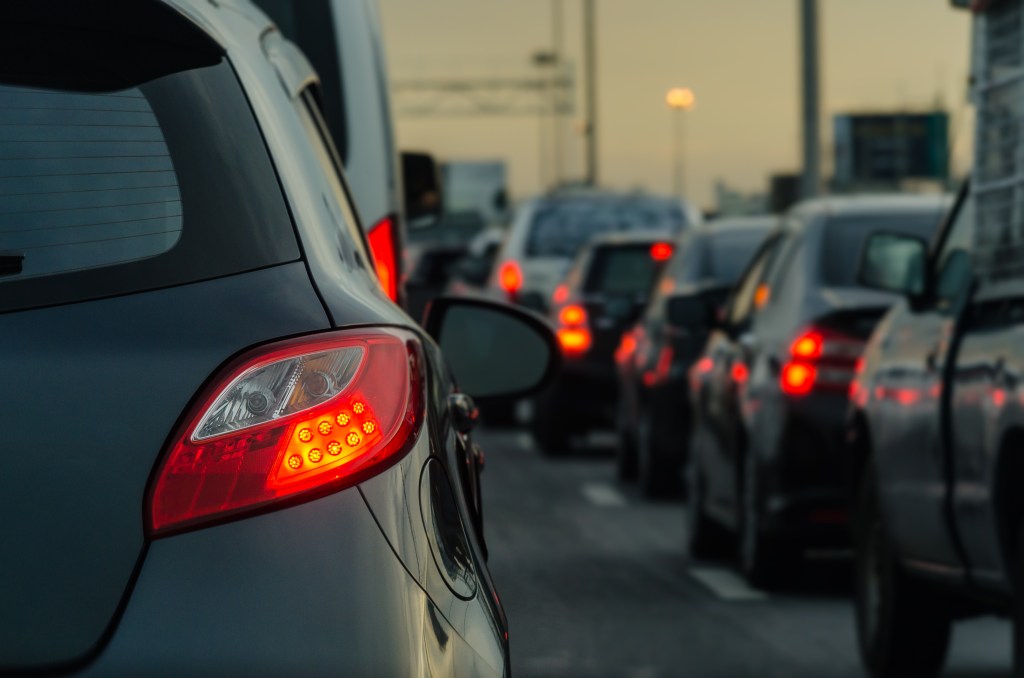It’s the one instance where my inner road rage fires up.

Running into bumper-to-bumper traffic, I usually try to think of the reasoning behind it. There could be a wreck or something else going on. Maybe construction is taking up a lane or two. Though traffic is inconvenient, usually the reasons are understandable.
Until there isn’t a reason.
The moment arrives when out of nowhere, the endless line of cars I sat in vanishes. Suddenly, I’m driving freely on an open freeway with no clue why I sat in a congested road to begin with.
I just experienced a phantom traffic jam.
With school back in session and everyone coming back from Labor Day, highways across the country are sure to see an uptick in traffic. Add in all of the “unique” driving styles we witness each day, we are bound to witness some start-and-stop driving on our morning and afternoon commutes.
Once we’re able to escape these maddening circumstances, a thought comes to mind, “Surely, there’s a way to fix this.”
According to Berthold Horn, a computer science professor at Massachusetts Institute of Technology (MIT), there are ways to help this frustrating pattern.

“Phantom traffic jams are an emergent property of the flow of vehicles down a highway,” Horn says.
“A phantom jam begins when a car in dense traffic slows down even slightly, which causes the car behind that vehicle to slow even more — and the slowing action spreads backward through the lane of traffic like a wave, getting worse the farther it spreads … and so the traffic grinds to a halt over nothing.”
One solution the MIT professor referred to was bilateral control, a method which a driver puts equal distance between the vehicle in front of him or her and the one behind.
“By splitting the difference between the cars in front and the cars behind, the spacing of cars in a stream of traffic can act as a damper on phantom traffic jams,” Horn said.
“That is, it can prevent the slow-down effect from being amplified by the cars that follow behind.”
However, this challenges the most powerful urge of every driver facing traffic.
Do. Not. Tailgate.
While seeing that space in front of us is tempting, tailgating, or driving close to a vehicle’s bumper, creates more stops that echo throughout traffic. More space equals less stops.
“Under reasonable conditions today, you might get 1,800 cars per lane per hour throughput,” Horn said. “But with bilateral control, you could almost double that.”
So the next time those rear brake lights glare right at you, remember the small step that giving yourself enough space can bring a large bit of relief.
